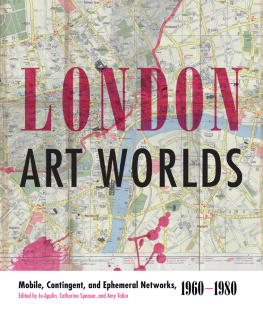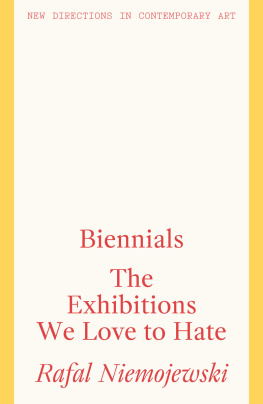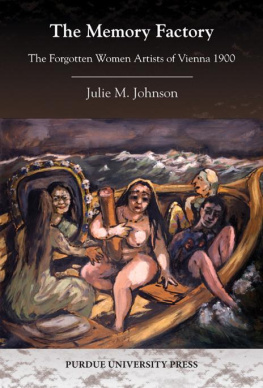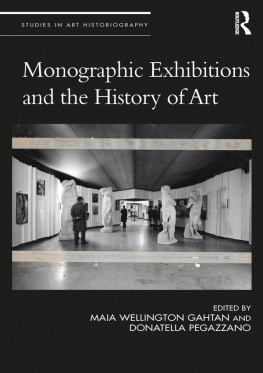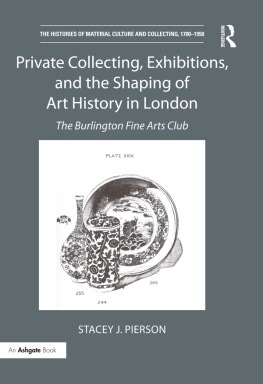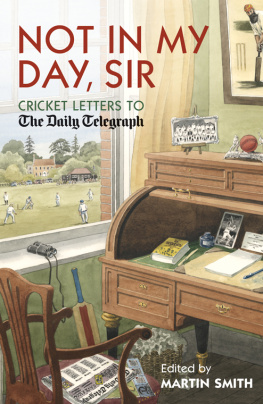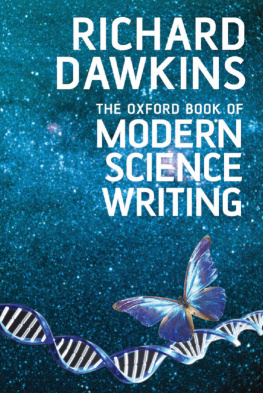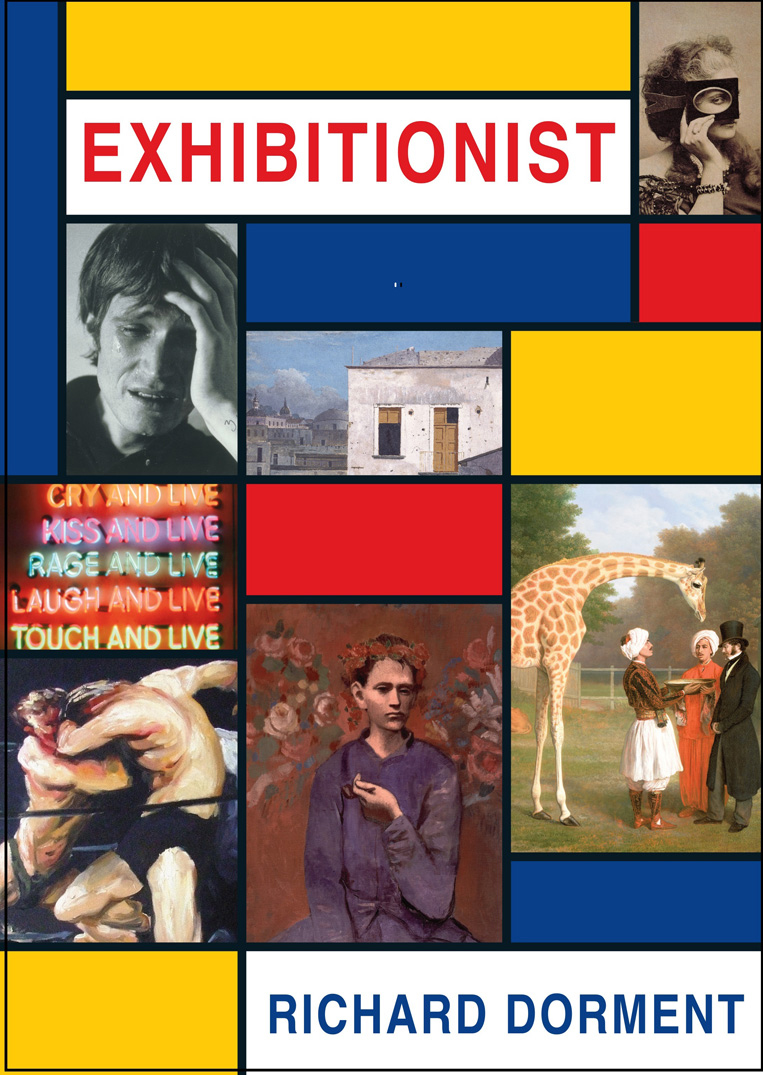


WILMINGTON SQUARE BOOKS
An imprint of Bitter Lemon Press
First published in 2016 by
Wilmington Square Books
47 Wilmington Square
London WC1X 0ET
www.bitterlemonpress.com
Copyright 2016 Richard Dorment
All rights reserved. No part of this publication may be reproduced in any form or by any means without written permission of the publisher
The moral rights of the author have been asserted in accordance with the Copyright, Designs and Patents Act 1988
A CIP record for this book is available from the British Library
ISBN 978-1-908524-683
9 8 7 6 5 4 3 2 1
Designed and typeset by Jane Havell Associates
Deborah Loeb Brice
Table of Contents
Guide
Contents
Out of the thousands of reviews I wrote for The Daily Telegraph Ive selected only the ones that make me look good the ones I think still read well or said something about the subject I hadnt read before. Those pieces were also the most fun to write and the ones in which I hear my own voice most distinctly. Otherwise the selection is essentially random.
The inclusion or not of an artist does not reflect my sense of his or her stature or my feelings about their work. The absence of reviews of Tony Cragg, Richard Deacon or Anish Kapoor only means that Ive never written well enough about them to justify reprinting a review here. Likewise, the quality of an exhibition was irrelevant in the selection. Ive omitted my review of the Leonardo exhibition at the National Gallery because the piece didnt add anything new, but I have included one devoted to a single heavily overpainted work by Pieter Bruegel the Elder.
The reviews are reprinted more or less as written. Inane final paragraphs telling readers not to miss a show have been dropped. Two reviews written years apart about Susan Hiller are spliced together because my earlier (and better) description of one of her most powerful works was too good to leave out. Describing the same artwork twice was always a problem for me; the second version never had the energy of the first. When I came to review Jackson Pollocks 1998 retrospective I found I couldnt improve on a description of his Mural written five years earlier for American Art in the 20th Century. Ive condensed the wording in the original so you dont have to read the same thing twice.
My first thanks go to my publisher John Nicoll who didnt flinch when I asked him whether hed consider bringing out a book of my old reviews. He then whittled down the 160 or so reviews I initially presented him with to the 116 we now have. Jane Havell is responsible for the snappy design and elegant layout of the book, and also for some very necessary editing and proofreading. Michael Paraskos took on the tedious job of picture researcher with patience, tact and good humour.
Sincere thanks to Richard Calvocoressi, Lily Dorment, Caroline Egremont, Andy Goldsworthy, Holly Goldsworthy, Ben Read and Marina Vaizey. I am indebted to Gavin Filler at the Telegraphs picture archive and to the papers librarian, Lorraine Goodspeed.
The editor of the Arts Pages is the most important person in a critics professional life. They draw up our reviewing schedules and approve our pieces before publication, whether or not they personally edit the copy. This means that at some possibly unconscious level the tone of each review is pitched to the personality of the editor who would be its first reader. There were six art editors while I was at The Daily Telegraph and all were a pleasure to work with. However, 90 per cent of the reviews in this book were written under the three who served longest and to them my gratitude is inexpressible.
As I explain in my introduction, Miriam Gross bore the brunt of the annoyance my early reviews sometimes caused. In time I learned how to say what I meant without attracting lawyers letters, but back then I became used to telephone calls from Miriam saying my presence was required in the legal department. These occasions terrified me, but fortunately the editor Max Hastings considered threatened lawsuits a sure sign that a journalist was doing his job.
By the time Sarah Crompton inherited me Id mellowed a lot. Fortunately, she wasnt mellow at all. Personal interest (her husband is an artist and she became the papers dance critic) made her a redoubtable defender of the visual and performing arts. Under her the arts pages expanded and became more sophisticated. Her engagement with issues raised in my reviews and her readiness to express appreciation when she thought a review worked made me a more confident critic. Paul Gents editing did my writing a power of good. Like all good editors he saved me from myself. By cutting out superfluities and fripperies he gave weight to my writing and accorded a degree of authority to my criticism that surprised me more than anyone.
On occasion Mark Monahan played the good cop to Pauls bad. If you find any jokes in these pages, he let them slip in. And our revered administrative secretary on the Arts Desk, Louise Dowman, made all our lives possible.
Finally, the quality and the quantity of colour reproductions in this book were made possible by a grant from the Deborah Loeb Brice Foundation. I cant begin to list the number of arts institutions in Britain that have had buildings repaired or extended or rebuilt from top to bottom thanks to her generous support. Everyone in this country who has seen a play at the National Theatre, visited one of the National Museums in London or smaller venues like the Courtauld or Watts galleries in the last 25 years has something to thank Deborah Loeb Brice for. I can only express my own thanks by dedicating this book to her.
When I started at The Daily Telegraph in December 1986 exhibitions at the Tate Gallery, British Museum, Hayward Gallery and Royal Academy were every bit as ambitious as those in Paris or New York but they were few and far between compared to what we are used to today. London galleries tended to stage one big loan exhibition at a time, several times a year. With the exception of the Royal Academy, little thought was given to exhibition design. Alone of all European capitals, London had no museum or gallery of modern art. Nor was there a dedicated space at the National Gallery big enough to stage substantial loan shows. When you talked about the art market you meant Old Master dealers within walking distance of Sothebys and Christies. Interest in contemporary art was intense but limited to a relatively small, hidden group of curators and enthusiasts who didnt feel connected to a mainstream culture that still regarded modern art with suspicion.
By the time I left the Telegraph in June 2015, London had displaced New York as the centre of the museum and gallery world. Spectacular building projects at the National Gallery, Royal Academy, Tate, British Museum and the Queens Gallery attracted millions of new visitors from this country and abroad. Smaller venues including the Courtauld Gallery, Dulwich Picture Gallery and Wallace Collection either instituted exhibition programmes or stepped up existing ones. Extensions at the Serpentine and Whitechapel galleries more than doubled the space available for loan exhibitions. From 1995 onwards, exhibition design in most national museums became routine, so that visitors to loan shows came to expect an element of spectacle or glamour in addition to the art.




